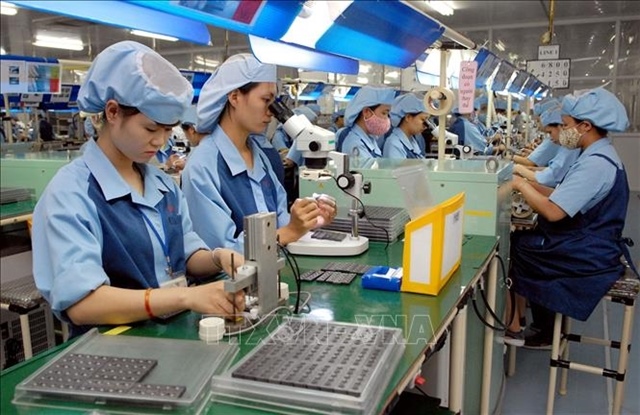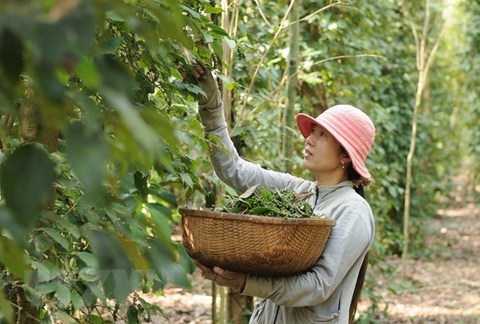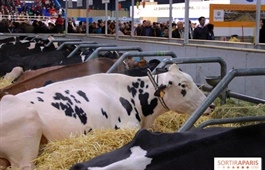Russia-Ukraine crisis hits local livestock industry
Russia-Ukraine crisis hits local livestock industry
Viet Nam’s livestock industry is likely to be hurt due to the increase in raw materials and animal feed prices since the Russia-Ukraine conflict began, the Agribank Securities JSC (Agriseco) has said.

Russia and Ukraine are the world’s top and third-largest wheat exporters, and the conflict has driven prices up by 17.8 per cent.
Ukraine is also the fourth-largest exporter of corn, accounting for 22 per cent of global supply. Corn prices have risen by 8.4 per cent since fighting began.
Currently, local livestock breeders and animal feed producers are primarily relying on imported raw materials from these two countries.
According to a report from Agriseco rising tension between Russia and Ukraine will affect global food prices. These two countries now account for about 29 per cent of global wheat exports and 19 per cent of maize.
The report has said the increase in food prices is inevitable amid the current escalating tension between Russia and Ukraine.
Meanwhile, the domestic livestock industry largely depends on imported raw materials from other countries ranging from wheat to cereals. It noted that rising food prices would affect the input costs of local livestock and animal feed businesses.
The Vietnam Commodity Exchange has reported that farm produce prices will fluctuate due to the impact of supply and demand. Other factors such as economy, policies, and politics rarely appear, but they substantially impact the price of farm produce.
According to the Department of Husbandry under the Ministry of Agriculture and Rural Development (MARD), the country’s animal feed industry imports 90 per cent of its raw materials.
While the price of raw materials has typically accounted for about 80-85 per cent of the production cost, the price of animal feed increased from 16 to 36 per cent in the 2020-21 period. The strongest increases were in the price of cereal.
According to a report released by Yuanta Securities Vietnam Quanta, the price of raw materials increased sharply from the beginning of 2021 due to high transportation costs.
Animal feed manufacturers have promptly increased their import of raw materials. The price of corn has risen by 50 per cent, soybean follows it with 38 per cent, and wheat with an increase of 62 per cent compared to early 2021.
Meanwhile, the price of domestic animal feed has increased by about 30 per cent against early 2021.
The company predicts that the price of animal feed may slide downward in the second half of this year as the circulation of goods will improve.
According to the company, it will be difficult for local animal feed producers to keep up with the price increase of raw materials.
The Ministry of Industry and Trade has forecast that the local livestock industry will continue to face many difficulties this year due to the development of the pandemic. Global supply chain disruption will also continue to affect the local livestock industry.























